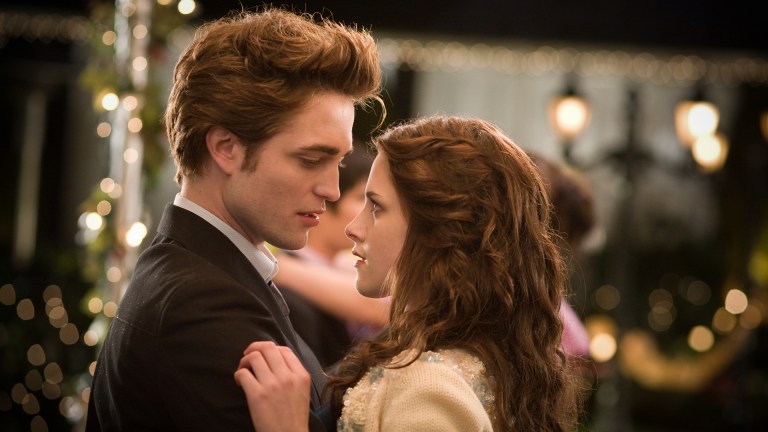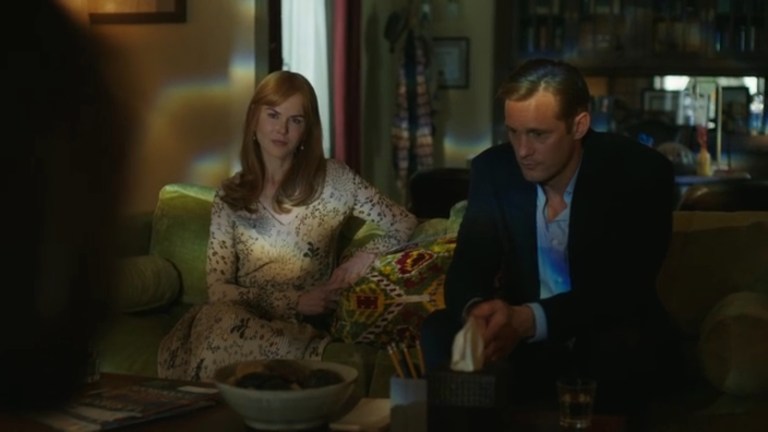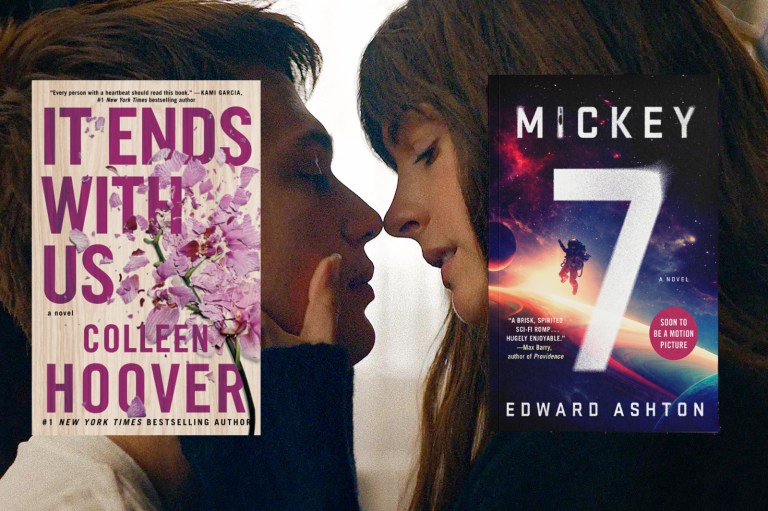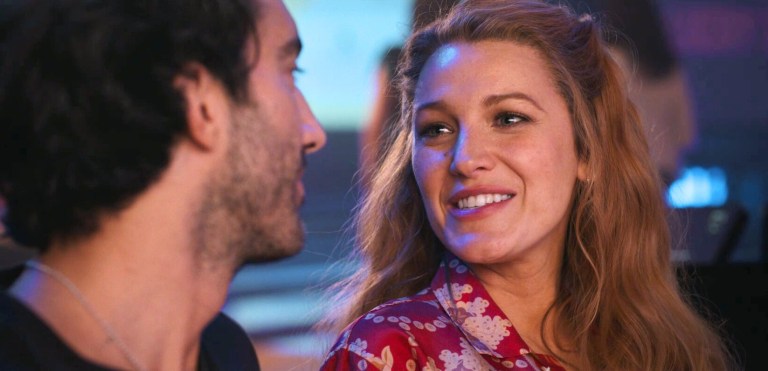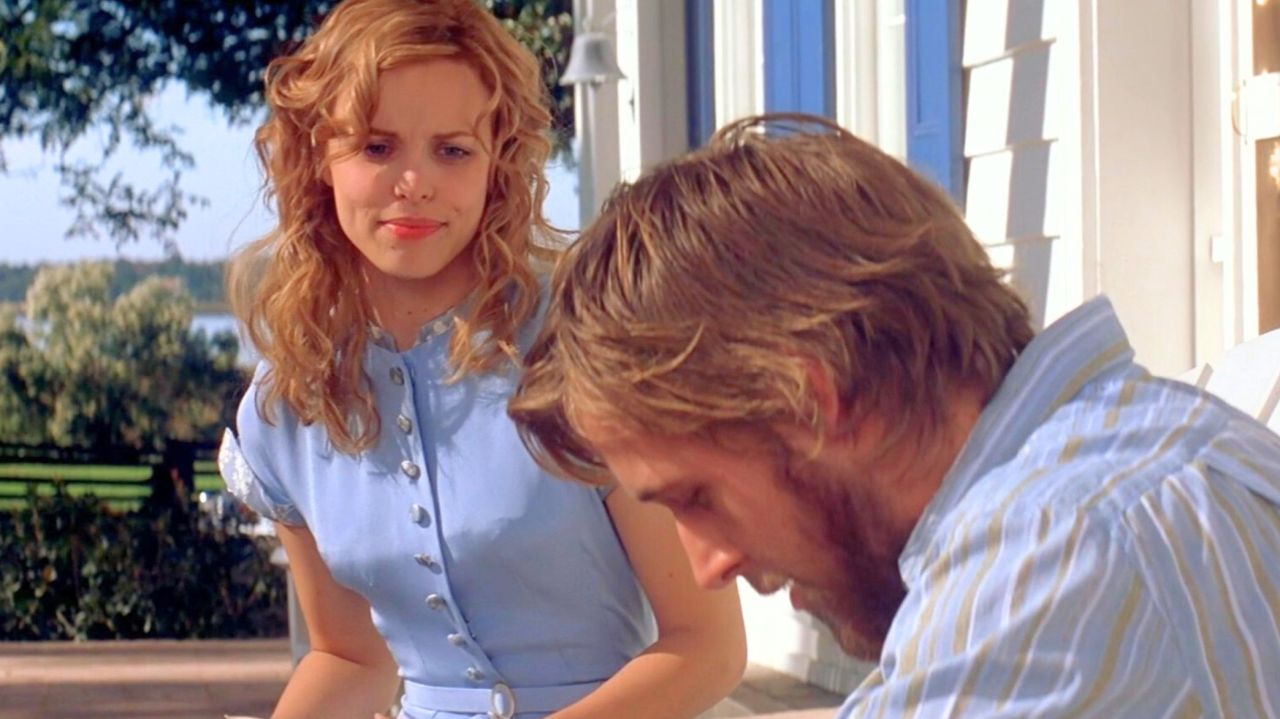
5 Toxic Movie Couples We Call “Romance Goals” But Are Actually Just Trauma Bonds
A trauma bond is an inextricable bond we develop to the people who subject us to a combination of danger, seduction, betrayal, and a cyclical pattern of hot-and-cold behavior where kindness is mixed with cruelty in a relationship where a blatant power imbalance is present. In movies, we often see couples that audiences label as “romance goals” and sensationalized as true love. Here are the five movie couples we may have thought were romantic, but actually embody the terrors of trauma bonding more than epic romance.
A Star Is Born – Ally and Jackson
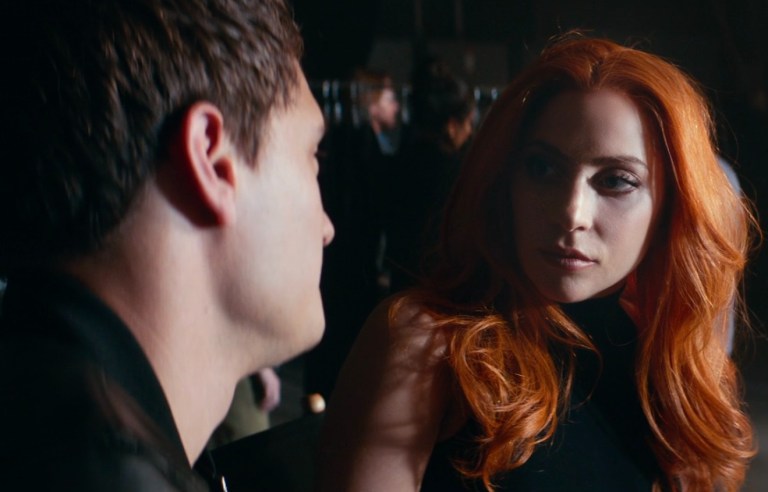
Audiences love A Star is Born due to its dazzling musical performances and the emotionally evocative and tragic love story between Ally and Jackson. However, their relationship is marked by Jackson’s verbal abuse, envy of Ally’s growing career, substance abuse, and codependency. As Jackson exhibits aggressive behaviors toward Ally and sabotages important moments in her singing career, it becomes less of a partnership toward stardom and more of a power play. Ally still comes to the rescue of her abuser, however, and feels compelled to help him and try to save him from himself, even if it means sacrificing her own dreams, goals, and mental health in the process. This is common for victims of trauma bonding: due to the fear of retaliation and heightened fear of abandonment they develop during trauma bonding, they respond to the cruelty of their abusers with more kindness in an attempt to recapture the honeymoon phase of the relationship and to maintain the relationship out of a sense of dependency and survival. It should be noted that people who struggle with addiction just on its own do not typically behave in the abusive ways Jackson does, so it appears his behavior is driven more by a core lack of narcissistic empathy than just addiction alone. Ally becomes the sacrificial lamb to a narcissistic and abusive addict, and this is more of a trauma bond than a true love story.
Twilight – Edward and Bella
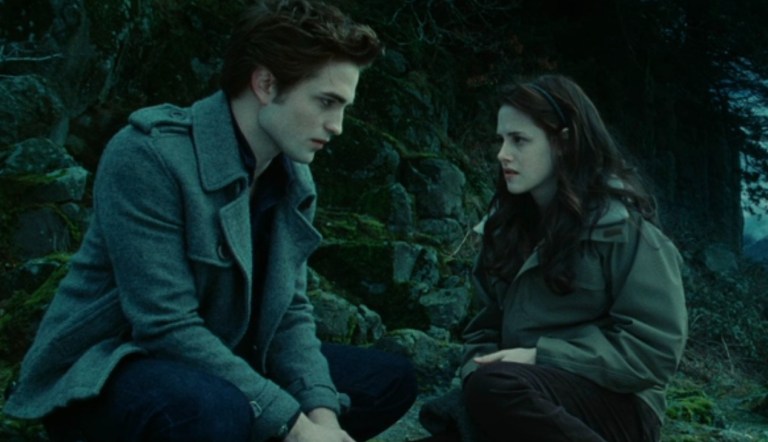
The cult following of Twilight might disagree, but Edward and Bella are bonded not just by infatuation and bloodlust but a trauma bond. Edward is a vampire who’s lived nearly a hundred years and has plenty of experience when he meets the high-school aged Bella, creating a potent power imbalance that sets up the trauma bond in the first place. She is seduced by his vampiric charisma and essentially, it’s the mix of the danger and romance he presents that keeps her tethered to him as her life is threatened in many ways throughout the relationship. Though Edward warns Bella to stay away from him because he is dangerous and wants to devour her (literally), Bella feels even more drawn to him despite his lethal thirst for her blood. When Edward leaves Bella at one point to protect her from harm, her despair at the abandonment is so torturous that it causes her to engage in reckless activities to end her own life. She goes through many life-threatening situations, including an almost lethal wedding night and subsequently draining pregnancy, just to maintain her relationship with him. In fact, life-threatening, brutal sex makes Bella feel even close to Edward, and although Bella and Edward’s relationship is not technically labeled an abusive one, it is much like the way many victims of abuse or mistreatment may develop an addiction to their perpetrators through a harmful cocktail of brutality and physical intimacy, turning to self-harm and self-sacrifice to hold on to the dysfunctional relationship.
The Notebook – Noah and Allie
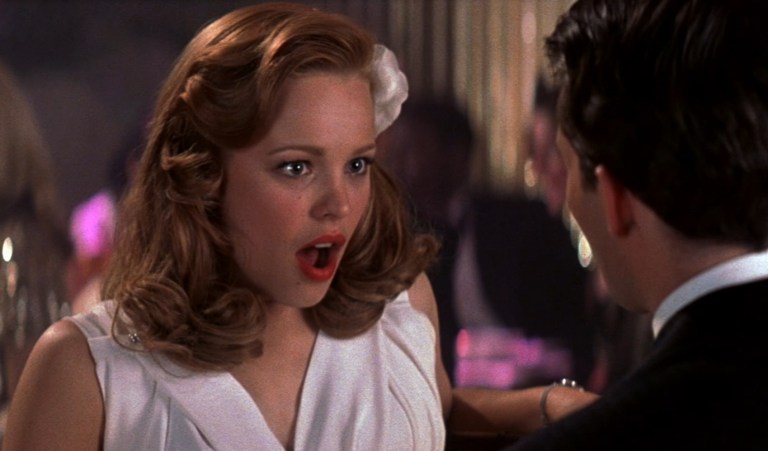
The Notebook is heralded as one of the most romantic movies of all time, but it’s clear we need to rethink the red flags that were exhibited in the movie and recognize that what we thought were couple goals was actually more like trauma bonds. When “romancing” Allie, Noah ignores Allie’s rejection of him several times and refuses to take “no” for an answer when asking her out on a date. He goes to the extent of threatening to throw himself off a Ferris wheel if she does not go out with him. The fear and danger present in the relationship from the beginning is very similar to the early stages of a trauma bond. Allie becomes entranced by Noah not because of genuine interest, but rather fear and coercion. As she gets to know him, their relationship becomes both passionate and explosive, strengthened by toxic arguments, struggle and secrecy as Allie engages in an affair with Noah after she gets married. They both hurt each other continuously throughout the movie and other people in their journey to love, and it feels more like a toxic trauma bond throughout the ages than a long-lived romance.
It Ends With Us – Lily, Ryle, and Atlas
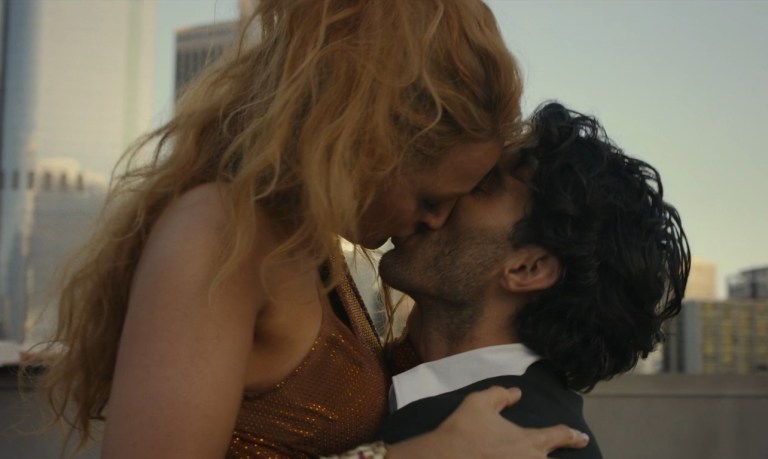
The love triangle among Lily, Ryle, and Atlas in the new movie It Ends With Us is just one big trauma bond. Lily is trauma bonded to Ryle, initially swept off her feet by his romantic gestures and charisma, only to have the rug pulled out from underneath her as he begins to physically abuse her. Lily and Atlas become attached to each other through their childhood struggles and in the midst of brutality and neglect (Lily due to the abuse she witnesses her father put her mother through, and Atlas through having no one to help him and being abandoned). Even though their love is a more authentic and respectful love than the relationship between Lily and Ryle (which is abusive), it is one birthed from situations of danger and trauma, especially considering the scene where Lily’s father beats up Atlas shortly after they experience their first sexual experience together. For Lily and Atlas’ romance to succeed and blossom in a healthy way, they need to both heal their wounds and attachments from the dysfunctional figures in their lives before reuniting.
Pretty Woman – Vivian and Edward
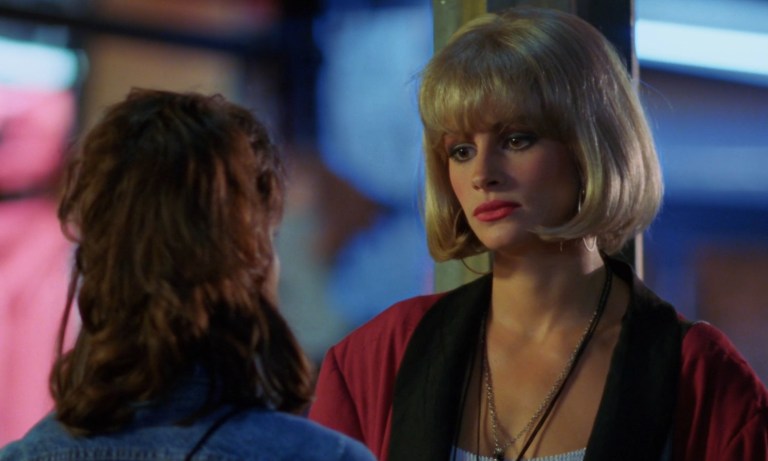
Although dubbed a romantic comedy, Pretty Woman was initially meant to be more of a cautionary tale about the dangers of sex work and class structures. A wealthy businessman, Edward, obtains an attractive escort, Vivian, off the street and begins to give her the experience of a luxurious lifestyle as they get to know each other and fall in love. Romantic, right? Yet what we see as a cheeky and sexy romance starring Julia Roberts and Richard Gere may actually be more like a lowkey survivalist drama. If we are being realistic, Pretty Woman is less of an embodiment of true love in the midst of class differences, and more of a nuanced tale of a young woman who is engaging in sex work out of survival and becomes entangled with and enamored with a wealthier, older man who has much more privilege and power than her – and power over her. The truth is, no matter how much chemistry there is between the two and no matter how headstrong and independent Vivian is, Vivian still relies on Edward for money and resources at the end of the day and in real life, such power imbalances would lead to coercion and control. Although she seems to have the agency to leave at any point, Edward becomes verbally aggressive with her at one point and is able to insinuate that she is “cheap” and still lure her back into the relationship because she knows the type of lifestyle he offers is far superior to the one she was living before him. A relationship that relies on such a power imbalance and financial dependency, as well as toxicity, is more of a trauma bond than a typical love story.

